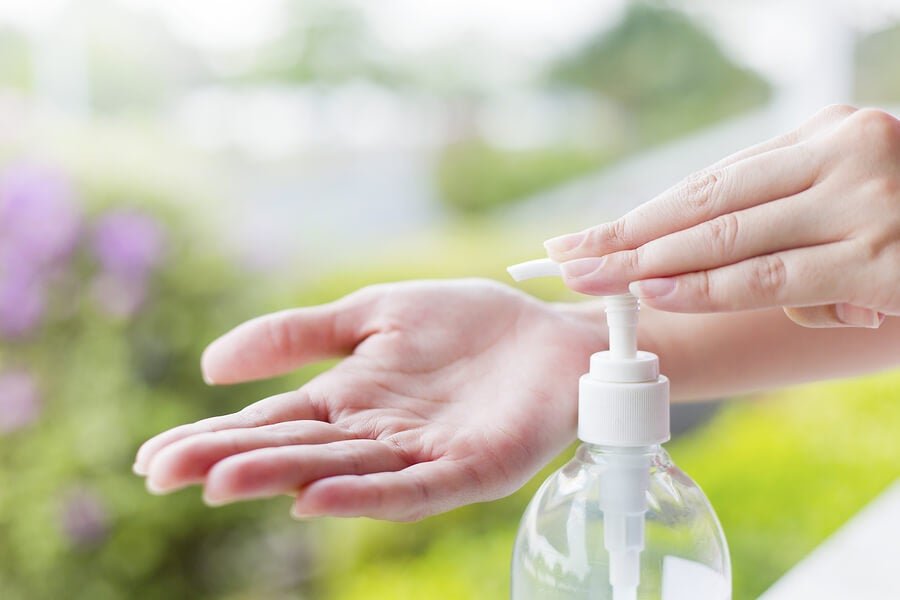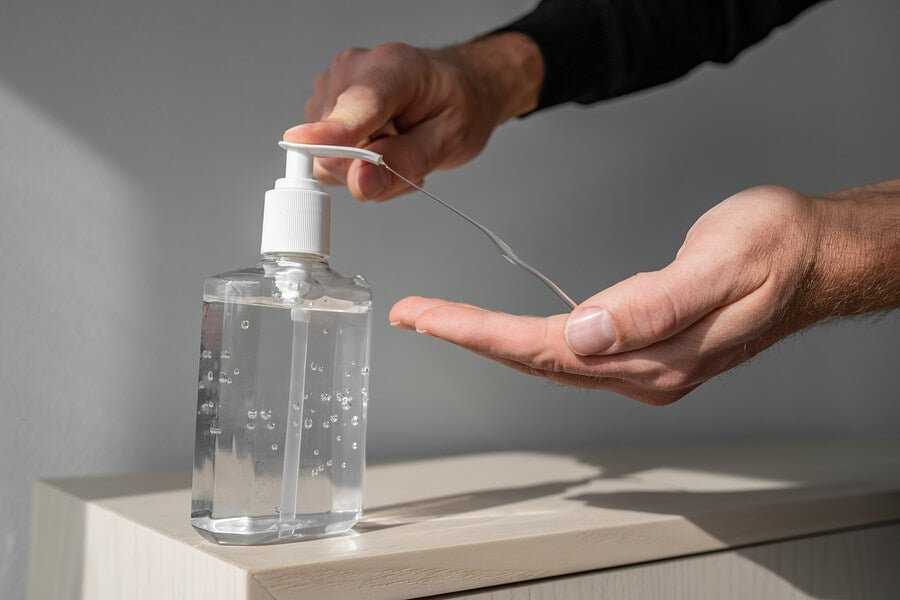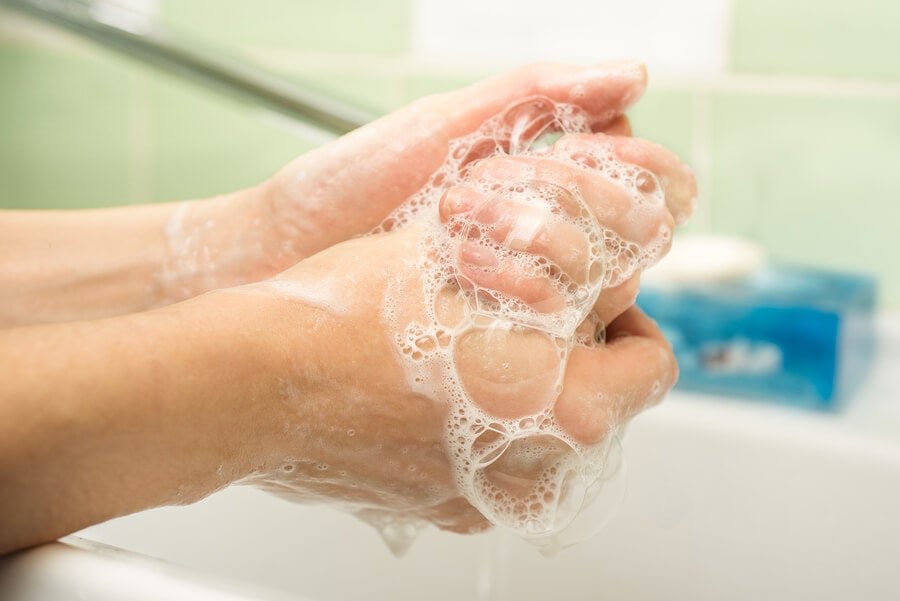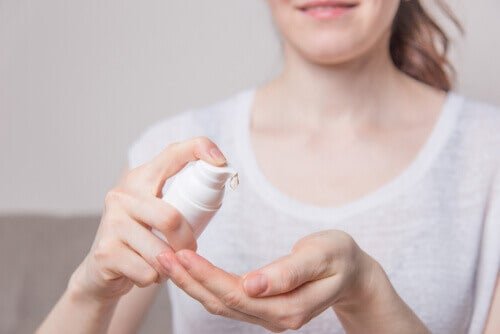3 Alternatives to disinfecting gel

In view of the global crisis that Covid-19 has generated, the demand for products such as disinfectant gel has reached very high levels. In fact, the product has exhausted sales and its prices have risen to indecent quantities. We propose some alternatives.
With alerts that have been triggered by the spread of Covid-19, it’s no wonder that products like disinfectant gel are starting to be missing from pharmacy and supermarket shelves. Because of this, there are those who wonder if there are other alternatives.
Well, the truth of the matter is that there are other products that can ensure good hygiene when trying to reduce the risk of infection by this virus . In fact, according to information from the Centers for Disease Control and Prevention (CDC) , disinfecting gel is not the first choice.
Although there are those who think that this product is superior in eliminating germs on the hands, in reality they are not always the most effective option. In addition, many use antibacterial solutions instead of disinfectants, which is a problem if we consider that we are dealing with a virus and not a bacterium.
Disinfecting gel: what you should know

If it is about preventive measures against the coronavirus, it must be verified that the disinfecting gel has virucidal properties.
Given the panorama caused by the spread of the coronavirus in the world , thousands of people chose to purchase all kinds of hand sanitizer gel in order to ensure good hygiene. Even after high demand, the market cost of these products rose considerably.
However, regarding the use of this product some mistakes are being made. First of all, many are not taking into account that the disinfecting gel is different from the antibacterial gel. The function of the antibacterial gel is to eliminate bacteria or prevent their growth. In the case of the coronavirus we are referring to a virus and, therefore, the correct thing is to use products with virucidal capacity.
Often, formulas that are virucidal are also bactericidal. However, these must contain at least 70% alcohol. But, as the pharmacist Mar Sieira explains to the newspaper La Vanguardia Española , the gel must contain more than alcohol. In order to work against viruses, the product must contain ethanol.
Therefore, it is not correct to opt for those presentations that contain glitters, perfumes and other components that make it visibly attractive, but not very effective. To be more sure, you have to check the labels and determine if they have the mentioned properties.
Recommended: What type of disinfectant to choose to prevent viral infections?
Alternatives to disinfecting gel
When it comes to reducing the risks associated with coronavirus, and even other viruses, there are alternatives to disinfecting gel. In fact, the latter is not exactly the best option. The medical and scientific community points out that there are more effective alternatives that are even available to everyone.
Such is the case of soap, which has gained prominence amid the crises the world is experiencing due to Covid-19 . Below we detail why it is more effective and what other options we can consider.
1. Soap and water

Washing your hands with soap and water for 20 seconds helps inactivate viruses. Therefore, it is one of the best preventive options.
Washing hands with soap and water is one of the most important alternatives to disinfecting gel. The Centers for Disease Control and Prevention suggest it as a preventive first option in the face of the coronavirus threat.
Regarding this, we recommend a wash of at least 20 seconds, especially after being in public places, blowing your nose, coughing or sneezing. Why soap and water? There are scientific reasons that explain it.
The coronavirus is protected by a lipid membrane that dissolves on contact with soap. This causes a collapse in the structure of the virus , allowing it to be inactivated . The most interesting thing is that all kinds of soaps work: liquids, in bars, for showers, intimates, etc., as long as they are used together with water.
2. Disinfecting towels
Given the shortage of disinfecting gel, another option that we can take into account are disinfecting towels. They are a good alternative when, for some reason, we cannot go to the sink to use soap and water . In addition, they are also useful for cleaning surfaces with which we usually have direct and continuous contact.
As in the case of the gel, it is important to read the labels to determine if they are only bactericidal or if they also work against viruses. Their advantage is that they are disposable, and therefore the risk of spreading germs decreases. In any case, they should only be an option when it is not possible to wash your hands with soap and water.
3. Sanitizing gel

The WHO developed a guide for the preparation of sanitizing gel. However, the recommendation is that the formulations be made by pharmacists.
Faced with a shortage of commercial disinfectants, the World Health Organization shared how to make a sanitizing gel, also known as alcohol gel or antiseptic gel. However, this entity warns that the preparation of these types of recipes is more difficult than it seems.
The drawback is that, if the proper concentration is not obtained, it can be inefficient or cause an unwanted skin reaction. It is something that does not happen with commercial gels, since their concentration is specific and is controlled and standardized.
Therefore, the guide emphasizes that the indications are directed to the preparation of the formulation by the pharmacists and proposes to put text on the wall of the place chosen for the preparation.
Specifically, a formulation one is described, containing ethanol, hydrogen peroxide and glycerol; and a two concentration containing isopropyl alcohol, hydrogen peroxide and glycerol. Quantities and method of preparation are available in the Guide to Local Processing: WHO Recommended Formulations for Hand Disinfection .
Non-recommended alternatives to disinfecting gel
Regarding the use of natural and homemade recipes as alternatives to disinfecting gel, WHO experts and health specialists point out that they are unreliable options. Although they have achieved great dissemination through social networks, they are not recommended. Instead, it’s best to make sure you wash your hands well with soap and water, several times a day.






